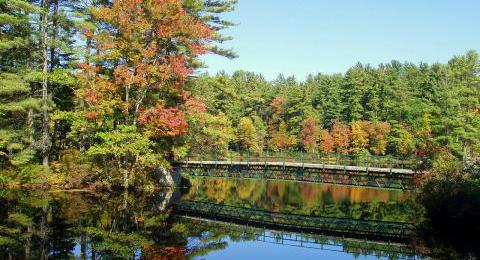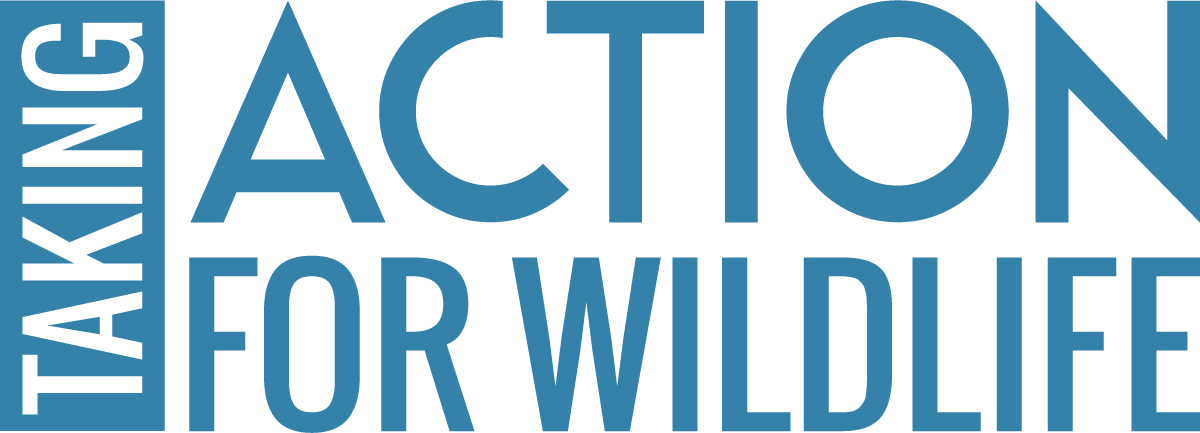SHARE

Community boards and committees can review municipal regulations, plans, and other documents to identify opportunities to incorporate climate impacts and adaptation actions.
Here are a few examples:
- Master plan - Many NH communities are beginning to incorporate climate change into their master plans - as a separate chapter and/or as a component of other sections, such as the natural resources chapter. This helps lay a foundation for addressing climate change through regulations and other actions.
- Hazard mitigation plan - Include information about climate change impacts throughout your community's hazard mitigation plan, or as a separate chapter.
- Climate adaptation plan - Developing a climate adaptation plan is valuable for identifying the key impacts of climate change on your community and recommend a suite of actions to address these impacts.
- Natural resource inventory - Identify the impacts of climate change on your community's natural resources, as well as areas that provide important resilience-related benefits (e.g., flood storage, salt marsh migration, drinking water resources, habitat connectivity). Recommend actions that will protect and enhance these resources in your community.
- Land conservation plan - Incorporate climate-related criteria into your conservation priorities (e.g., lands that provide flood storage, enable salt marsh migration, provide habitat connectivity for wildlife, etc.).
- Open space, forest, and farmland management and stewardship plans - Include adaptive management strategies into land management and restoration plans in order to respond to changing conditions over time.
- Check out the Adaptation Workbook for guidance
- Capital improvement plan - Identify opportunities to integrate climate adaptation into capital improvements. For example, ensure that any culvert replacement projects are planned with future precipitation increases in mind.
Additional actions to consider
- Promote municipal regulations that reduce vulnerability and protect ecosystems (e.g., cluster development, wetland/riparian buffers, coastal flood hazard overlay district, elevation of new structures in the floodplain).
- Consider implementing transfer of development rights and other incentives to acquire or conserve property in high-risk or repetitive loss areas.
- Explore options to minimize shoreline hardening and promote natural shorelines.
- Develop water-efficient landscaping regulations that restrict water uses during droughts.

